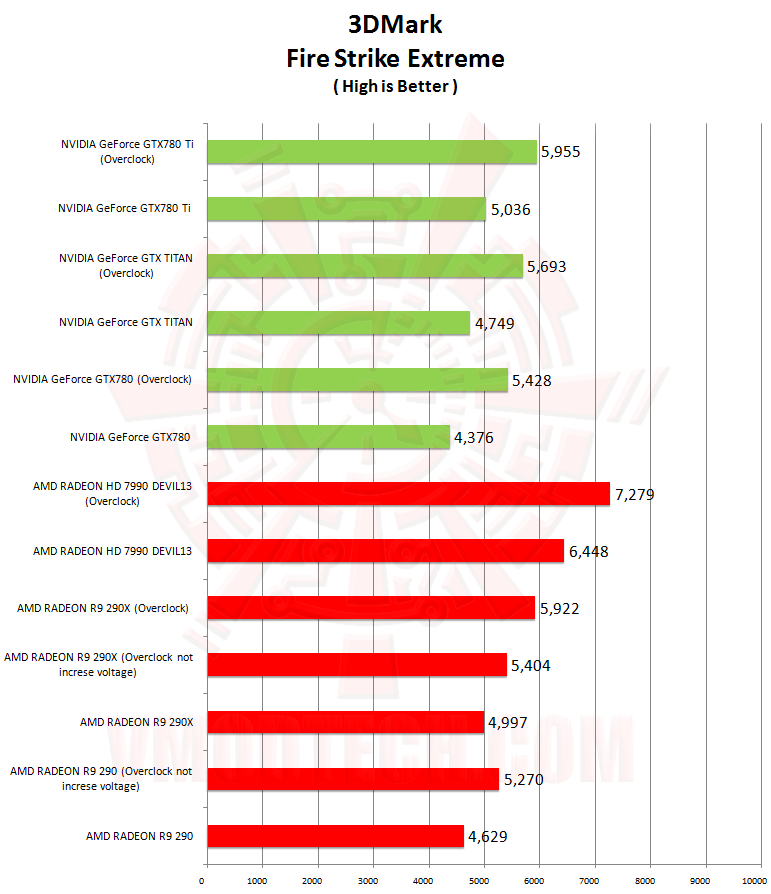


These speeds compare favorably with those of the GeForce 7800 GTX, which uses 600MHz memory and runs at a core clock speed of 430MHz. Of course, you can overclock the card yourself using the Nvidia CoolBits overclocking application, which is accessible via a registry tweak.

The core clock on the GeForce 7800 GT that Nvidia supplied us with ran at 400MHz, but many manufacturers are overclocking their cards, with some running at core clock speeds of up to 450MHz. The card includes 256MB of 500MHz DDR3 SDRAM. The card has a pair of DVI ports, so you can output to two LCD monitors, as well as an S-Video port. As you can with most recent GeForce models, you can further boost the 7800 GT's already impressive performance by pairing it with a second, identical card if you're using an SLI-capable motherboard. The card uses a thinner heat sink than the GTX, which, although it's a single-slot card, has a heat sink large enough to sometimes interfere with the adjoining slot. The GeForce 7800 GT takes up a single PCI Express slot.


 0 kommentar(er)
0 kommentar(er)
